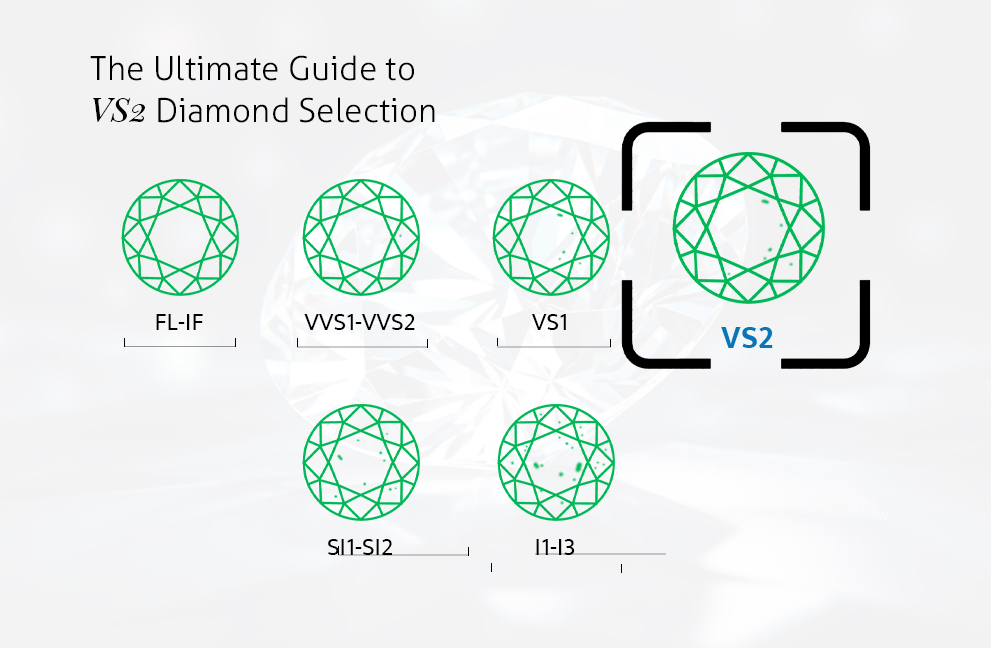
If you know about and especially like French baguettes—those tasty elongated loaves of classic French bread that true Parisians buy every morning—then you can envision this diamond shape. In its most original form, the French baguette first came into being in the 18th century and was refined to the form we know today in the 1920s. Long and slender, the French baguette is synonymous with traditional French life.
Century’s Old Charmers
The diamonds called baguettes are likewise elongated and slender in shape. Some early incarnations of this lovely diamond shape appeared as far back as the mid-16th century. By the early 20th century, Cartier began re-introducing this chic cutting style once again. And fortunately, it was right on time. The Art Deco era, which began in the mid-1920s was characterized by artwork, architecture, and jewelry with clean lines and geometric shapes. At that time, the word baguette was ascribed to this beautiful slender diamond shape which rapidly grew in popularity.
What Defines a Baguette Diamond?
The baguette is a long slender (pencil-like) shape, usually with proportions of 5:1, but they could be longer depending on their intended use. They are either rectangular or tapered on one end which fits nicely into certain designs. Those tapered baguettes for instance are commonly seen as the graceful side accents on the shoulders of the shank on engagement rings; their slender end is farthest away from the side of the center stone. Colored gemstone jewelry also frequently utilizes the lovely baguette stone to make a ring or ear pendant design shimmer beautifully with well-placed diamonds of this cut.
Today designers love to include baguette diamonds in their jewelry pieces. This is because of the versatility of the stone. They can be lined up end to end or side to side and provide a glistening display of light in a piece. But baguette rings are also popular in both men’s and women’s sets in a variety of ways to accent the main stone.
The Many Uses of Baguette Diamonds
In a perennially called-for baguette ring style—named the ballerina setting for its tutu-like appearance surrounding the central stone by forming a skirt that resembles one of the ballerinas. Most often the tutu-like effect is best exemplified with tapered baguettes on the outer edge away from the center stone. That way the skirt appears to flow away from the girdle of the central diamond.
Owing to the shape of the baguette diamond, you most often see baguettes set in a channel setting type of mounting, however, they can be prong-set if the design calls for it.










